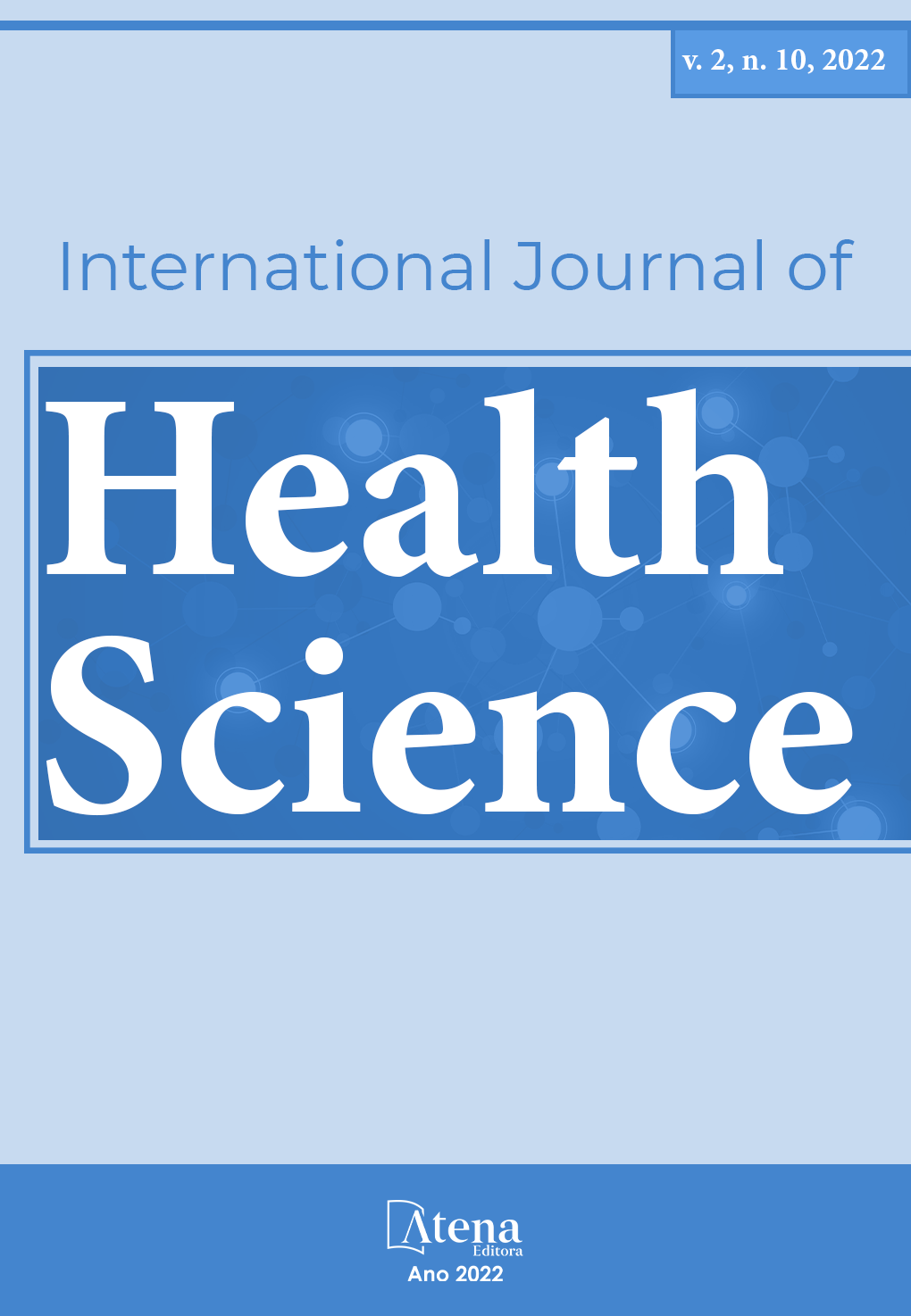
ANALYSIS OF MICROBIAL GROWTH IN HEALINGS, THROUGH THE APPLICATION OF CHEMICAL SUBSTANCES
The osseointegrated implant system is composed of two phases: the first is surgical, for the installation of the implants. The second phase, reopening for removal of the cover screw, installation of the healer, for gingival modeling and, finally, the making of the implant supported prosthesis. The healing device is intended to guide the proper healing of the peri-implant gingival tissue, shaping the space of the dental prosthesis in the patient's gingiva. Goal: to analyze and compare the antimicrobial effects of 0.12% chlorhexidine solutions and iodoform paste on the surface of dental implant healing. Material and Method: In the same patient, a minimum of 3 healers were placed in each arch, and one implant received no surface treatment (control group), a second implant will be soaked in 0.12% chlorhexidine solution (group 1) and in the third will be applied the iodoform paste (group 2). Results: In method one, when we evaluated the efficacy of the substances during the 15 days of healing, there was no decrease in antimicrobial activity. In method 2, chlorhexidine exerted a bacteriostatic effect on microorganisms, while the control group with iodoform was ineffective. In the third method, the Disc diffusion method, chlorhexidine showed strong antimicrobial activity. As for iodoform, there was microbial resistance. Conclusion: Chlorhexidine 0.12% and iodoform paste did not demonstrate antimicrobial efficacy in the 15-day healing protocol. However, when placed in contaminated culture medium, chlorhexidine demonstrated strong antimicrobial activity, while iodoform remained ineffective in both methods.
ANALYSIS OF MICROBIAL GROWTH IN HEALINGS, THROUGH THE APPLICATION OF CHEMICAL SUBSTANCES
-
DOI: 10.22533/at.ed.1592102218023
-
Palavras-chave: Clorexidina. Iodofórmio. Implantes. Cicatrizador
-
Keywords: Chlorhexidine. Iodoformium. Implants . Healing Cap
-
Abstract:
The osseointegrated implant system is composed of two phases: the first is surgical, for the installation of the implants. The second phase, reopening for removal of the cover screw, installation of the healer, for gingival modeling and, finally, the making of the implant supported prosthesis. The healing device is intended to guide the proper healing of the peri-implant gingival tissue, shaping the space of the dental prosthesis in the patient's gingiva. Goal: to analyze and compare the antimicrobial effects of 0.12% chlorhexidine solutions and iodoform paste on the surface of dental implant healing. Material and Method: In the same patient, a minimum of 3 healers were placed in each arch, and one implant received no surface treatment (control group), a second implant will be soaked in 0.12% chlorhexidine solution (group 1) and in the third will be applied the iodoform paste (group 2). Results: In method one, when we evaluated the efficacy of the substances during the 15 days of healing, there was no decrease in antimicrobial activity. In method 2, chlorhexidine exerted a bacteriostatic effect on microorganisms, while the control group with iodoform was ineffective. In the third method, the Disc diffusion method, chlorhexidine showed strong antimicrobial activity. As for iodoform, there was microbial resistance. Conclusion: Chlorhexidine 0.12% and iodoform paste did not demonstrate antimicrobial efficacy in the 15-day healing protocol. However, when placed in contaminated culture medium, chlorhexidine demonstrated strong antimicrobial activity, while iodoform remained ineffective in both methods.
-
Número de páginas: 15
- Nicole Macedo de Paula


